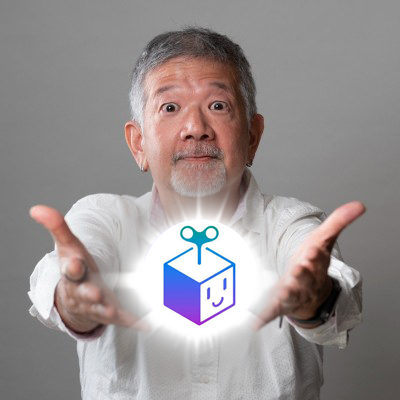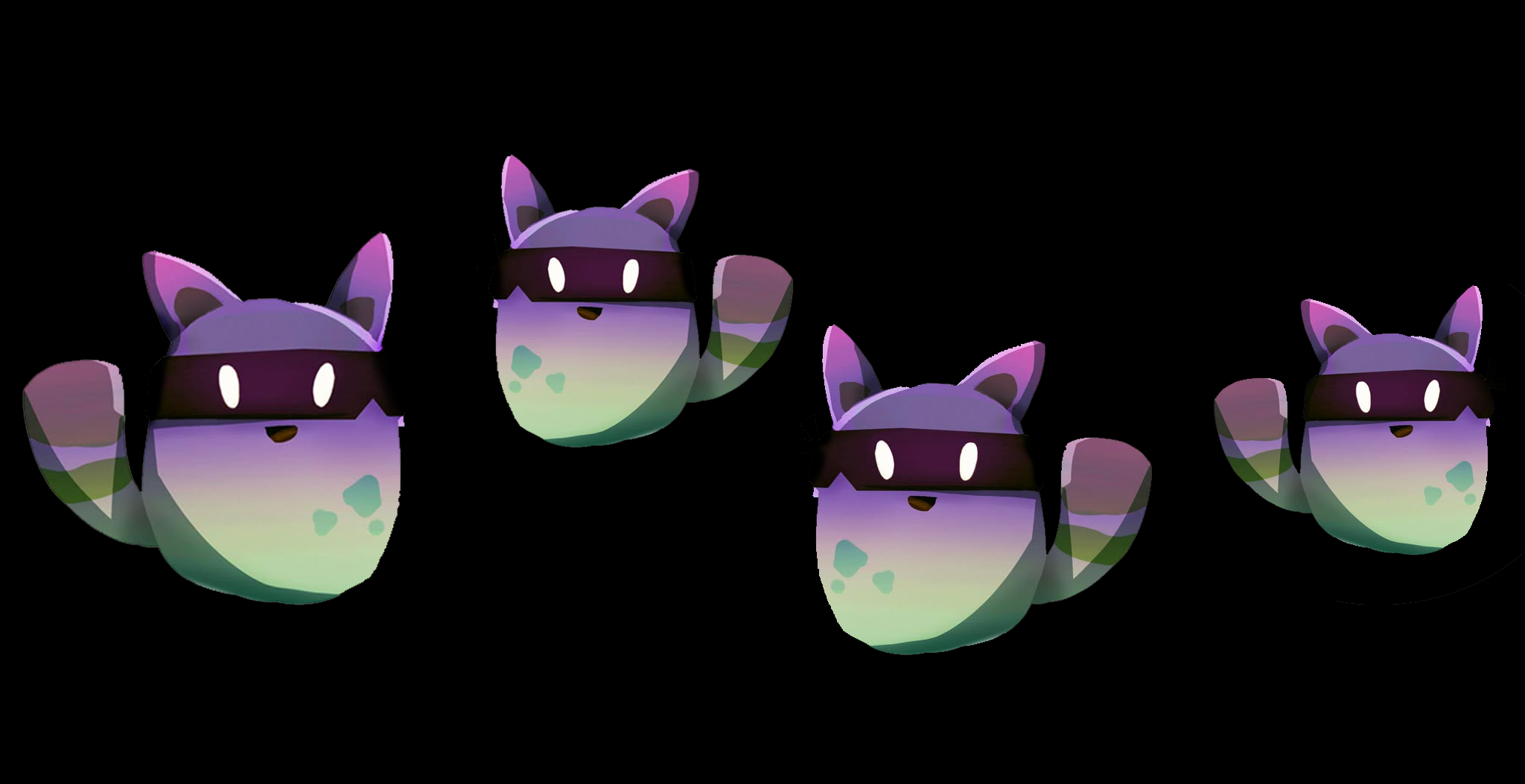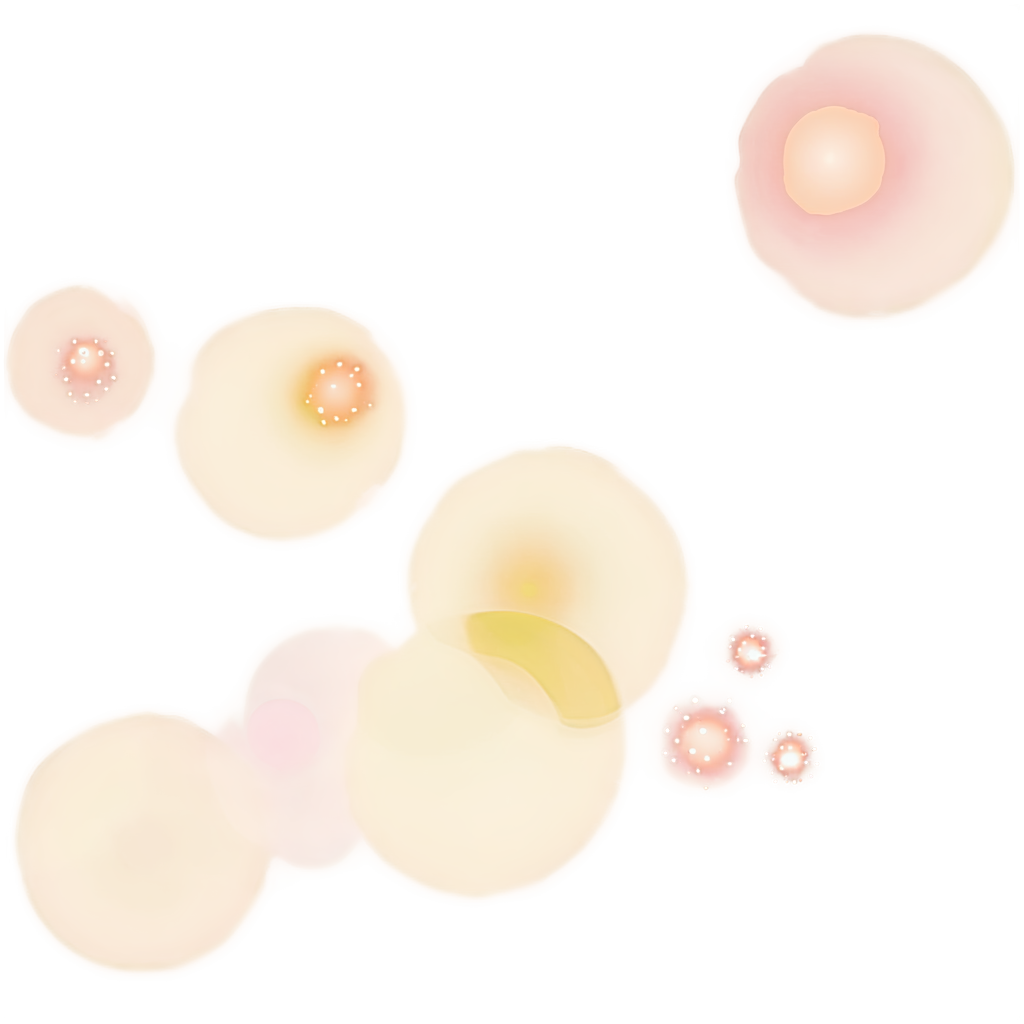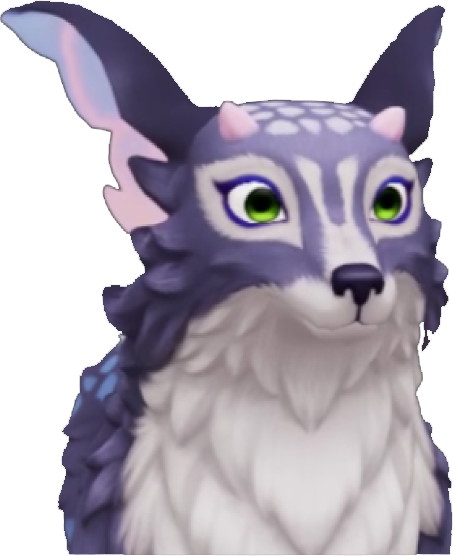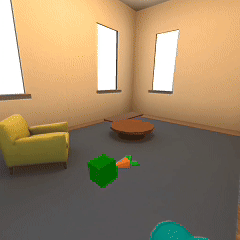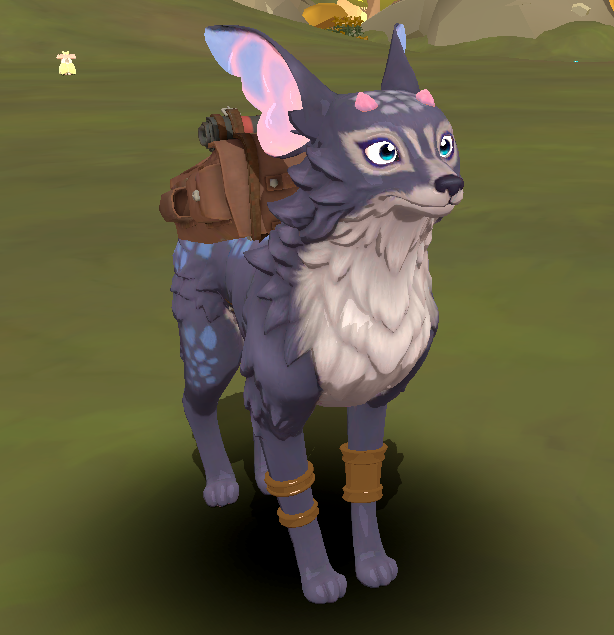A Virtual Pet Like No Other
Posted: April 5, 2025 |
What makes a virtual pet feel truly alive? Bernie Yee shares the inspiration behind Ember and how Stay: Forever Home brings digital companionship to life.
Blog Series: Team Founders
| Part of the “Team Founders” series– meet the creators of Windup Minds and explore the passion, ideas, and stories that shaped
Stay: Forever Home.

The Inspiration Behind Ember
Bringing a virtual pet to life is no small feat. It requires an intricate blend of AI, animation, and an understanding of human-animal relationships. At Windup Minds, Bernie Yee leads the charge in crafting a virtual companion unlike any other. In this interview, we explore Bernie’s journey through game development, his connection to pets, and the philosophy that shaped the up-incoming virtual pet game, Stay: Forever Home.
Bernie’s journey into the world of gaming began with curiosity and a love for computers. Recalling his first experience with a TRS-80 computer, he described the moment as akin to the apes encountering the monolith in 2001: A Space Odyssey. That fascination led to his first job as an external QA tester for Infocom, where he experienced the magic of text-based adventure games. From there, his career expanded into working at industry-defining studios like PopCap, Bungie, and Oculus.
BOGO ROOTS
At Oculus, Bernie’s team was dedicated to crafting charming, virtual characters that made VR feel more alive. Bogo was a clear example of how naturally pets fit into the medium– players didn’t just try it once, they returned to it again and again, forming real emotional connections.
Even though Bogo was a small-scale experience, it resonated deeply, proving that the presence of a virtual pet could transform VR from something isolating into something warm and inviting. That understanding laid the groundwork for Stay: Forever Home, where Ember isn’t just an AI-driven character but a true companion, designed to bring that same sense of connection to players in a more expansive, meaningful way.
The Spark Behind Stay
The Role of Real-Life Pets in Design
Bernie always wanted a pet but struggled with allergies growing up. When he finally got a dog later in life, it changed everything. That experience shaped how he and his team approached designing Ember, the virtual companion in Stay: Forever Home.
VR Doesn’t Have to Feel Lonely When Playing Solo
While working in VR, Bernie noticed something: the medium often felt isolating. The lack of a visible body, the darkness of the headset– it created a sense of detachment from the real world. To counteract that, his team introduced creatures into their early VR experiences, sparking the idea that would eventually lead to Stay: Forever Home.
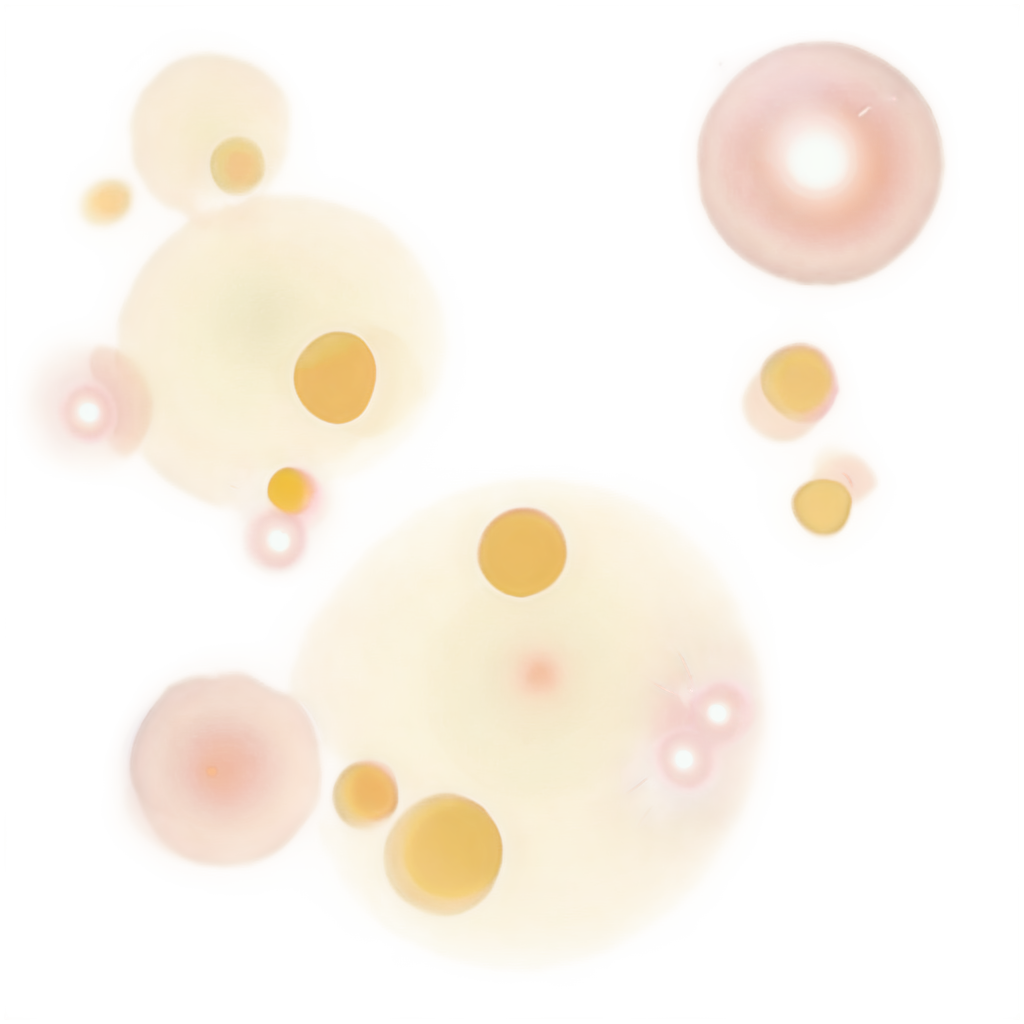
Quisque aliquet velit sit amet
Ac feugiat ante. Donec ultricies lobortis eros, nec auctor nisl semper ultricies. Aliquam sodales nulla dolor.


Designing Ember: More Than Just AI
Developing a virtual pet isn’t as simple as programming responses– it requires creating an entity that feels alive. Ember isn’t just a collection of pre-scripted behaviors; she has personality, unpredictability, and a touch of mischief, just like a real pet.
Building a virtual bond
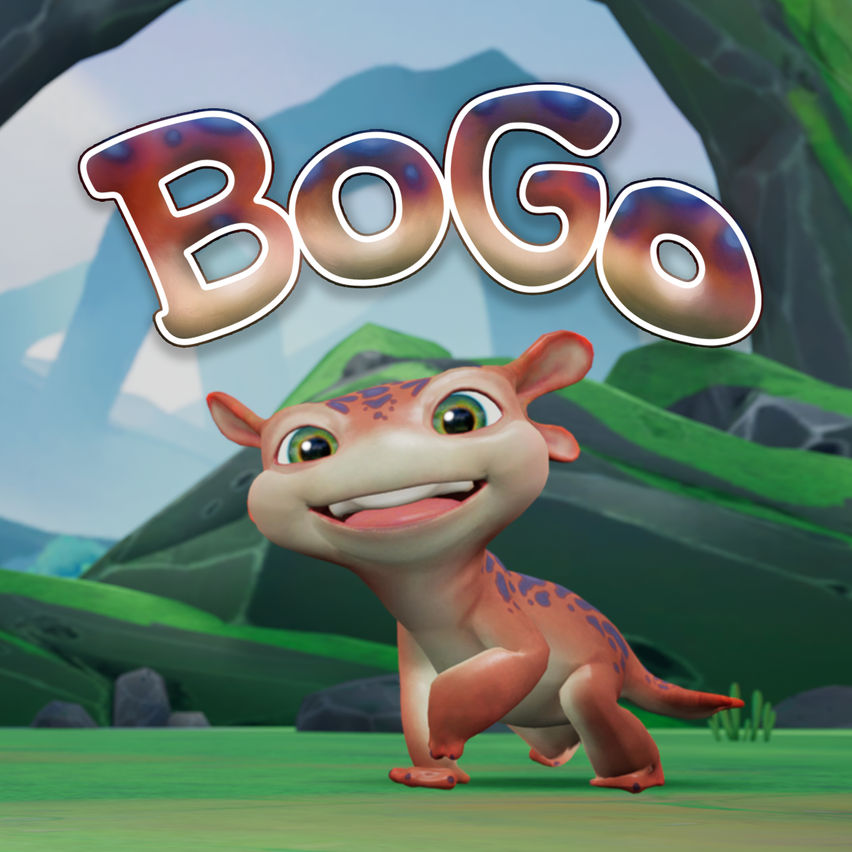
Lessons from Bogo
Before Stay: Forever Home, Bernie and his team developed Bogo, a VR pet experience that provided key insights into how players engage with virtual animals. While it was a short experience, it revealed just how much people craved meaningful interactions with digital pets.
One of the biggest takeaways? Teaching a pet tricks is far more complex than it seems. In reality, training an animal is an intricate blend of body language, reinforcement, and timing– elements that don’t easily translate into game mechanics. The team experimented with different approaches, including gesture-based training, but ultimately realized that the joy of a pet isn’t just in what they can be taught, but in how they naturally interact with and respond to their human.
That understanding shaped Stay: Forever Home, shifting the focus from structured training to organic, playful engagement that makes Ember feel truly alive.
From Perry to Ember: The Evolution of a Companion
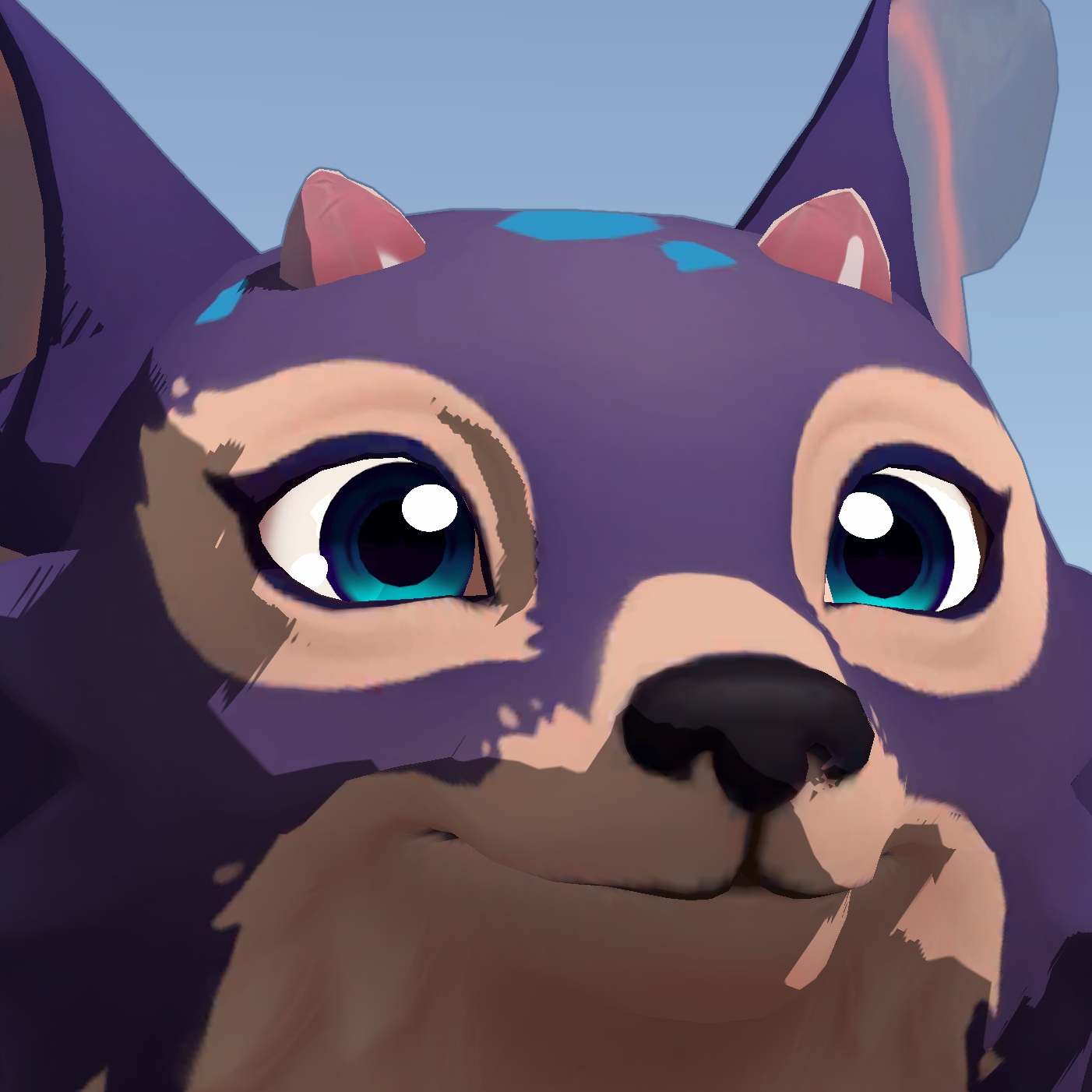
Navigating the Emotional Weight of Virtual Pets
A New Horizon for Virtual Pets
LEARN MORE ABOUT THE TEAM

